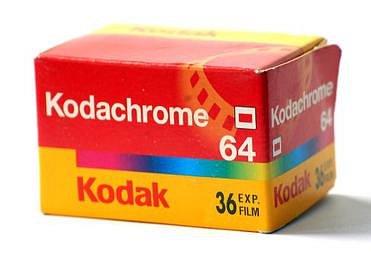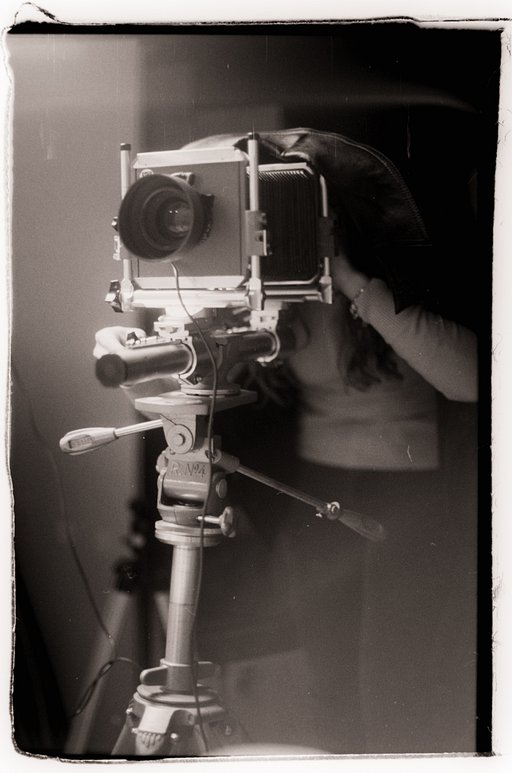Lomopedia: Canon Pellix
1 13 Share TweetSLR cameras are great photography tools. Most SLRs use the traditional mirror that is plain, simple, and effective. However the Canon Pellix went a different route by employing a rather unique design — a semitransparent mirror that lets light through to the film and viewfinder.

The Canon Pellix was introduced to the market in 1965. One of its main selling points is its fixed pellicle mirror (an ultra-thin Mylar film coating) that splits light rays from the lens. What it does is it lets 2/3 of the light into the film and 1/3 to the viewfinder, enabling users to shoot high-speed photos with minimized shutter noise. It's an innovation that really set the Pellix apart from other cameras during the time. One distinguishable effect of the fixed pellicle mirror is its zero viewfinder blackout at the moment of exposure (a natural phenomenon that occurs when using SLRs with traditional mirrors.)
However, the Canon Pellix is not a one trick pony. It's also a host of several features that make it a useful camera including the through-the-lens metering (TTL) and a quick loading feature. After a year in production, Canon introduced the quick loading system to Pellix units that made film loading simple and convenient. Users can simply pull the film leader out to the red line and they're all set.
Photos Taken by Our Community Members
Technical Specifications
Lens: FL 50 mm f/1.8, FL 50 mm f/1.4, FL 58 mm f/1.2, FLP 38 mm f/2.8
Mount: FL mount (bayonet mount with three outer lugs)
Aperture: fully automatic preset aperture built in
Meter: Through-the-lens and mirror
ISO: ASA 25-2000
Shutter: 1/1000 - 1 second, B (T) X single pivot dial focal plane shutter
Exposure: zero-method type CdS meter coupled to shutter dial and aperture setting
Flash Sync: possible for FP and X contacts and FP class, M class, F class, and Speedlight automatic-time-lag
Film Type: 35 mm, with quick-loading system
Winding Mechanism: single operation winding lever
Dimensions: 144 mm × 91 mm × 43 mm
Weight: 755 grams
Battery: one 1.3v MD type mercury battery
All information used in this article was sourced from Photoethnography, Mir, and Camerapedia.
Explore our collection of Lomopedia articles from the Lomography Archives to learn more about films, cameras, lenses, and accessories!
written by cheeo on 2017-12-25 #gear #lomopedia #slr #gear #lomopedia #canon-pellix #pellicle-mirror

























One Comment